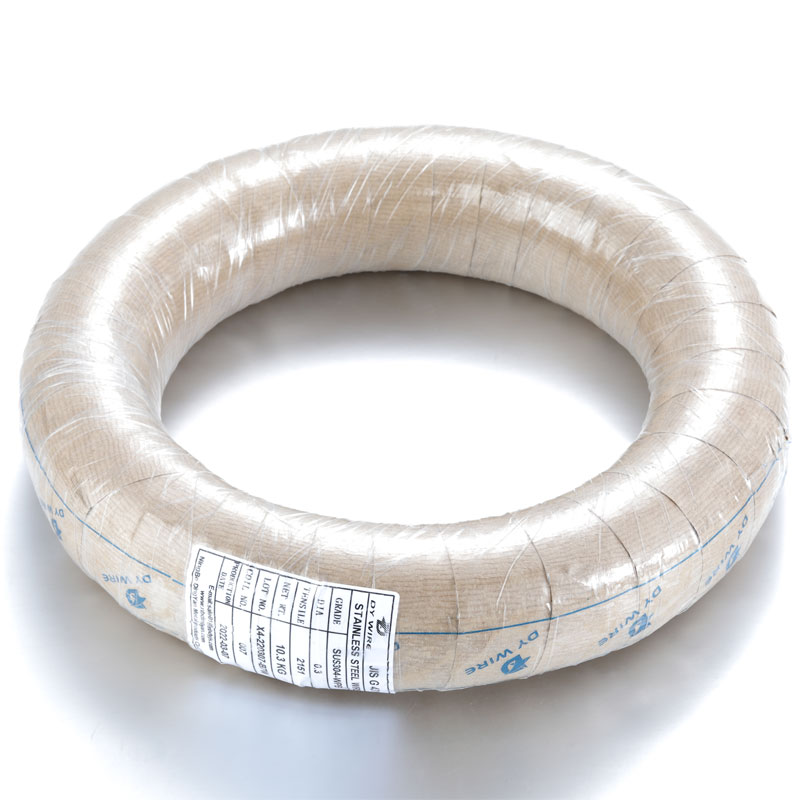Different types of spring steel wire
2022-05-23
1. Carbon spring steel wire should have the features of high tensile strength, elastic limit, toughness and fatigue strength, and be resistant to shock and vibration. To ensure strength and toughness, especially preventing torsional cracks, is the key to producing spring steel wires. Both the intrinsic quality and surface quality of the wire rod directly affect the performance of the wire. Carbon spring steel wire is made of high-carbon high-quality carbon structural steel or carbon tool steel wire rod, and its chemical composition, gas content and non-metallic inclusions must be strictly controlled according to the purpose of the spring. In order to reduce surface defects and decarburized layers, the steel billets for the production of wire rods are subjected to surface grinding and, if necessary, peeling. The wire rod should be normalized or sorbitized, and the larger size should be replaced by spheroidizing annealing. The drawing process of the finished product has a great influence on the performance of the product. Generally, a larger total area reduction rate of about 90% (see area reduction rate) and a smaller pass area reduction rate (about ≤23%) are used. to ensure the toughness of the product. For high-strength spring steel wire, the outlet temperature of each pass of steel wire should be controlled to be lower than 150 °C during drawing to prevent torsional cracks in the steel wire due to strain aging, which is the main defect that causes the steel wire to be scrapped. For this reason, good lubrication and sufficient cooling must be provided during drawing, and the use of a smaller pass reduction rate and drawing speed will help reduce the temperature rise of the steel wire.
2. Alloy spring steel wire is made of silicon-manganese, chrome-vanadium and other alloy spring steel. The softening of the wire rod adopts incomplete annealing. Decarburization should be prevented during heat treatment, and the precipitation of graphitic carbon should also be prevented for silicon-containing spring steel wire rods. The heat treatment of semi-finished products adopts recrystallization annealing. Generally, alloy spring steel wire can be used after being quenched and tempered at medium temperature after being wound into a spring.
2. Alloy spring steel wire is made of silicon-manganese, chrome-vanadium and other alloy spring steel. The softening of the wire rod adopts incomplete annealing. Decarburization should be prevented during heat treatment, and the precipitation of graphitic carbon should also be prevented for silicon-containing spring steel wire rods. The heat treatment of semi-finished products adopts recrystallization annealing. Generally, alloy spring steel wire can be used after being quenched and tempered at medium temperature after being wound into a spring.
3. Quenched and tempered spring steel wire mainly includes oil quenched-tempered carbon spring steel wire and silicon-manganese alloy spring steel wire. The purpose of oil quenching-tempering quenching and tempering treatment of spring steel wire after drawing is to make the steel wire have high elastic limit and yield ratio as well as good toughness and fatigue resistance.

Previous:How do we maintain the steel wire?



